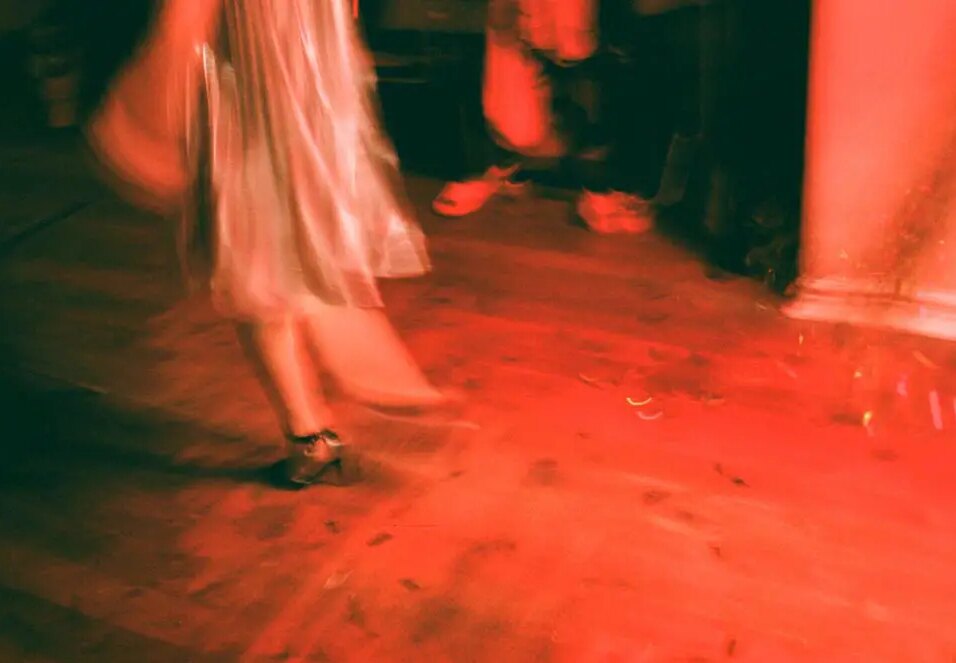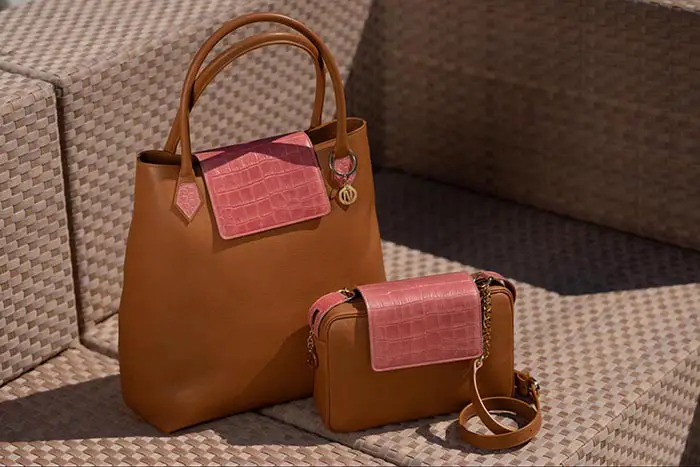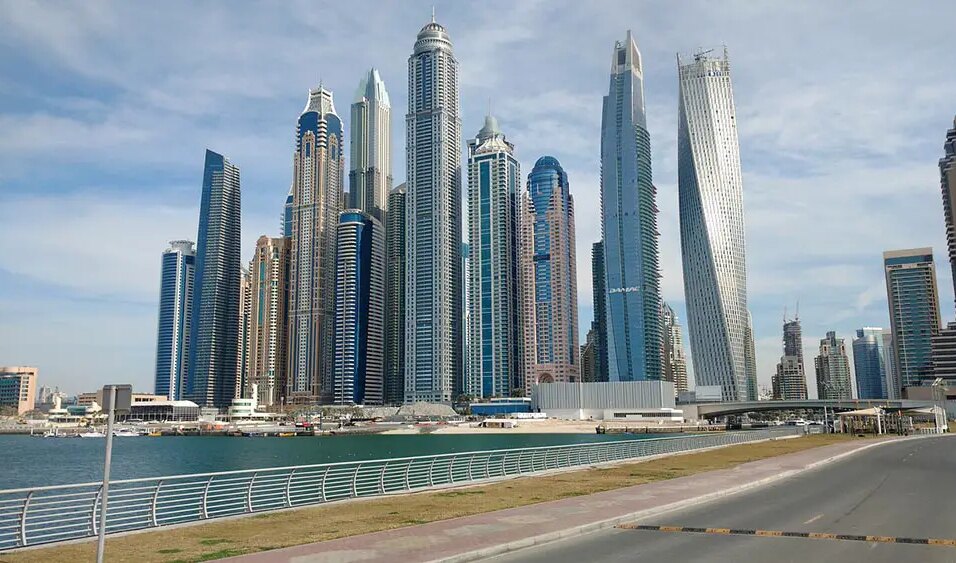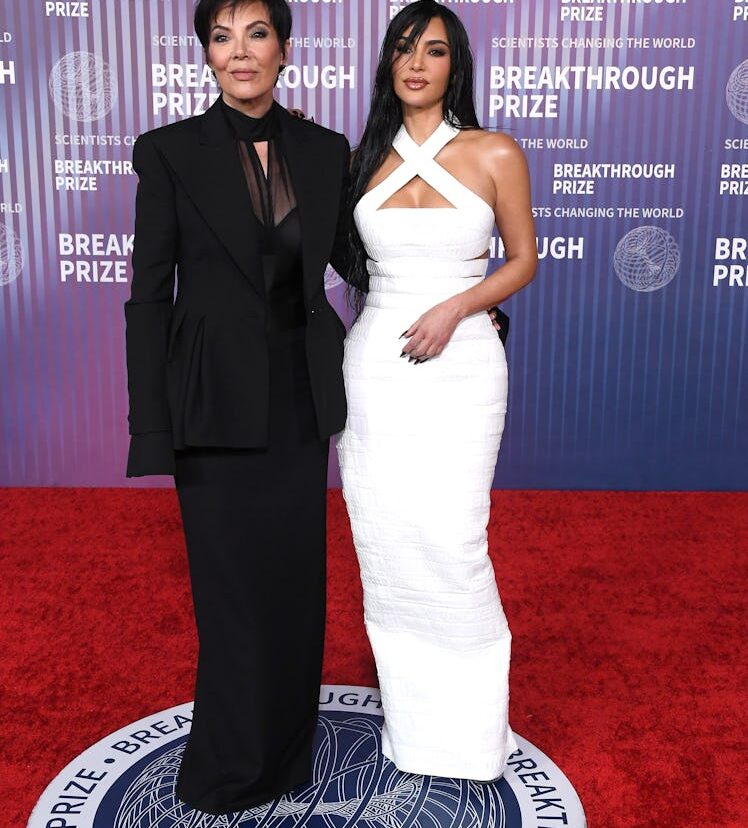Launch of the book: Latin American and Latinx Fashion Design Today -¡Moda Hoy!
Latin American and Latinx Fashion Design Today – ¡Moda Hoy! by Tanya Meléndez-Escalante and Melissa Marra-Alvarez (Bloomsbury Academic, publishing 18th April 2024) explore the sociohistorical influences and cultural dynamics that have propelled the development of the unique sartorial bricolage that is Latin American and Latinx fashion.
Through a series of themes and topics favored by contemporary designers including Indigenous heritage, art, sustainable design, politics, gender, elegance, and popular culture it highlights established designers with a strong international presence, such as Isabel Toledo, Carolina Herrera, Rick Owens, Oscar de la Renta, Carla Fernández, and Gabriela Hearst.
Accompanying a major exhibition at The Museum at FIT, Latin American and Latinx Fashion Design. Today examines Latin American and Latinx fashion design from the past twenty years. Analyzing established designers, regional brands, and emerging talents, as well as case studies that take an in-depth look into specific designers, the book is essential reading for fashion enthusiasts who have an overlapping interest in Latin American studies, and all who appreciate the history and visual culture of fashion and Latin America.

FWO interviewed Tanya Melendez-Escalante, Senior Curator of Education and Public Programs at The Museum at FIT and co-author of the book to discuss more deeply the relevance of this title in the fashion industry.

Q: Where did the idea of writing the book come from?
When MELISSA Marra-Alvarez and I presented the exhibition proposal and it was accepted, we felt strongly that a book needed to accompany the exhibition. ¡Moda Hoy! Latin American and Latinx Fashion Design Today took place in New York, so many people in the region were not able to attend. However, books travel and have a longer lifespan than exhibitions. Additionally, there were no other books that surveyed the fashion output of the region, so for me, this book felt rather urgent.
Q: How long did it take you to do it?
We started the process in early 2021, so three years from inception to publication.
Q: What challenges did you face?
One of the main challenges was that we were covering such a large region. So many countries, cultures, and languages! People of Latin American heritage are producing a lot of fashion, so it was a tremendous task. Additionally, we are based in New York and had a few opportunities to visit the countries we were writing about. Many of these challenges were met by inviting authors from different countries to contribute to the book, which gave the book a wider vision.

Q: How was the experience working with Melissa Marra-Alvarez?
Melissa and I have known each other for over 20 years and we have always worked well together. We are both part of the Museum at FIT’s Education Department (she is the curator of education and research, and I am the senior curator of education), so we collaborate daily on various projects. But as curators, I think we both benefited from having a partner with whom to exchange ideas, find support, and divide tasks. I feel incredibly lucky to work side-by-side with Melissa who is a superb curator. Writing a book with her was a joy. Writing itself was a lot of work, but the organizational part was not so overwhelming because we were a team. Also, English is her first language, not mine. I welcomed her feedback when writing because even though I’ve lived in the US for 16 years, I still sometimes struggle with the language. And I was her translator when she needed some help with Spanish.
Q: Despite the strong presence of Latin American and Latinx designers in the fashion industry, why do you think their contributions to global fashion still are under-explored?
I think for many years the Latin American heritage of designers was not highlighted enough. And there were not many books or exhibitions that presented them as a group. Designers’ work was celebrated, but not necessarily imagined as part of a regional contribution. There are so many designers, editors, photographers, models, and other industry players who are of Latin American origin and very influential, but they are not always presented together. Right now, all backgrounds are being celebrated, and it is important to highlight our contributions through books, exhibitions, and media presence. There are events like the Latin American Fashion Summit, or the Latin American Fashion Awards that are part of this process. We need to sing our praises more.

Q: Is this book your way of contributing to visualize the importance of regional talent in the global scenario of this industry?
Yes, I see it that way. I have dedicated my career in fashion museums to studying our regional fashion output. To me, the book and exhibition were over a decade in the making. When I started working at The Museum at FIT, I saw that I had the precious opportunity to open the doors to Latin American and Latinx voices in fashion museums.
Q: Can you name some of the emerging designers/brands present in the book? From which countries are they? What were the criteria for selection?
The different contributors selected the designers whom they featured. We gave the authors a topic, and they decided who to include to support their arguments. In the book readers will find brands that have existed for more than half a century like Oscar de la Renta, but also many that were founded in the past 25 years like Willy Chavarria (Mexico-USA), Escvudo (Perú), Nalimo (Brazil), Johanna Ortiz (Colombia), and many more.

Q: Is there something else you want to share? Why this is a must-book on the shelves of every fashionista.
I think this book should be on every fashionista’s shelf because it is the first overview of the work of designers of Latin American heritage from the 21st century. It is a valuable source to understand the region’s contemporary fashion culture.

##
Learn More
With love,
FWO






Leave feedback about this